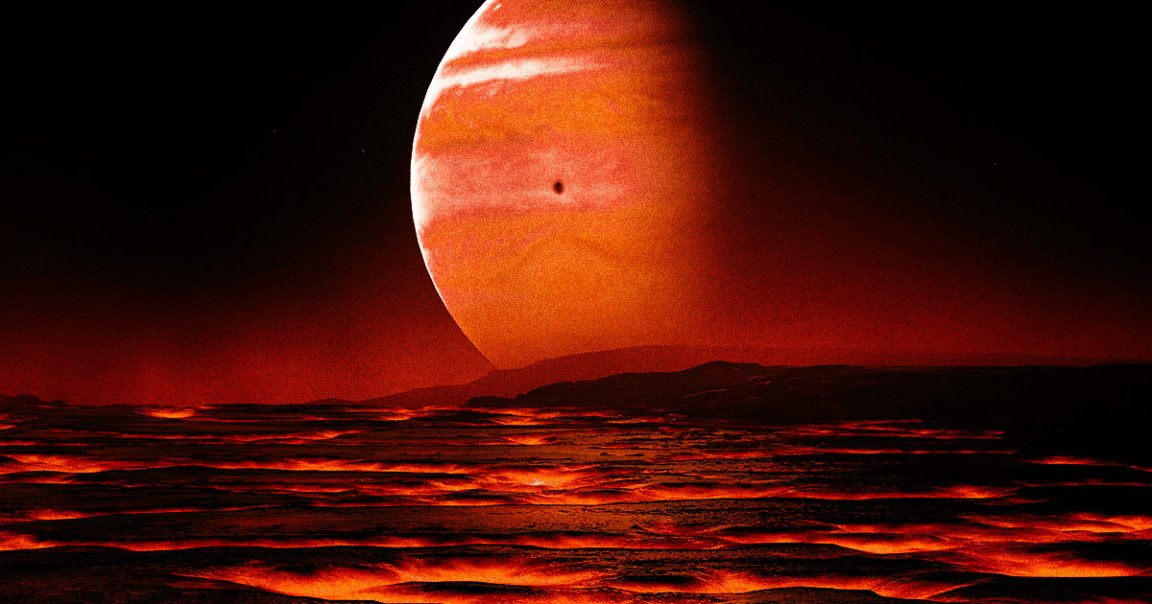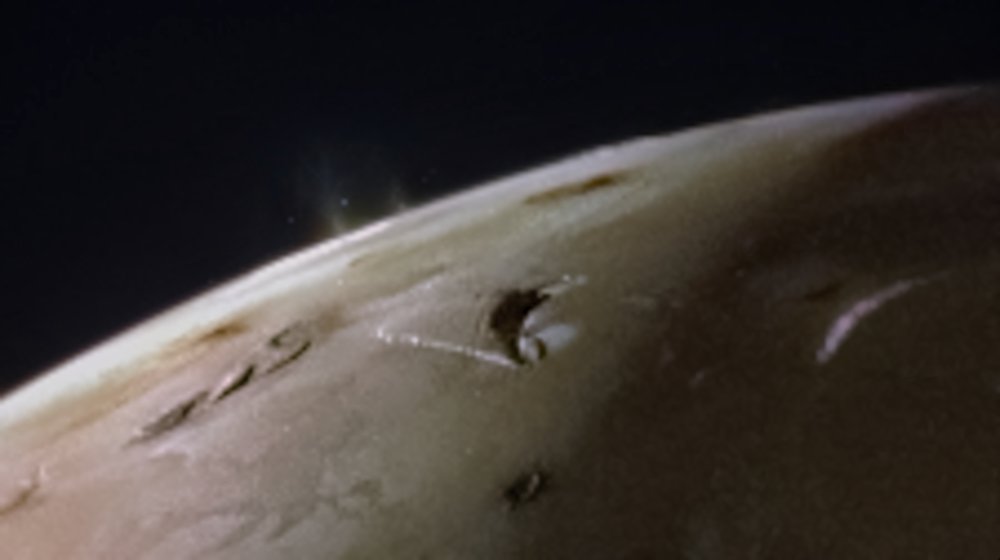
Say Cheese
A spectacular image taken by NASA’s Juno probe this past weekend shows Jupiter’s moon Io with twin eruptions on the surface, underlining the fact that Io is the most volcanically active place in our Solar System.
The NASA image, which Juno captured from around 2,400 miles away, shows the faint but telltale signs of gaseous-looking trails on the moon’s horizon. NASA says the eruptions are “emitted either by two vents from one giant volcano, or two volcanoes near each other.”
This is the second flyby by the spacecraft, and whizzed by as close as 930 miles after an initial flyby in late December.
“The twin flybys are designed to provide new insight into how Io’s volcanic engine works and whether a global magma ocean exists under Io’s rocky surface,” NASA posted on X-formerly Twitter.

Magma Ocean
The volcanoes on Earth are a natural marvel, but those on Jupiter’s Io are something else entirely. The moon is a little larger than our own natural satellite, but is far more geologically active, pockmarked with hundreds of erupting volcanoes and dramatic lakes of lava.
Jupiter’s gravity, and that of its lunar neighbors Europa and Ganymede, make for a dramatically hellish landscape.
There’s compelling evidence from data gathered by Juno that a gigantic ocean of magma exists under Io’s surface, but further observations from Juno’s current trip may cement our understanding.
More on Io: A Giant Volcano on One of Jupiter’s Moons is About to Erupt